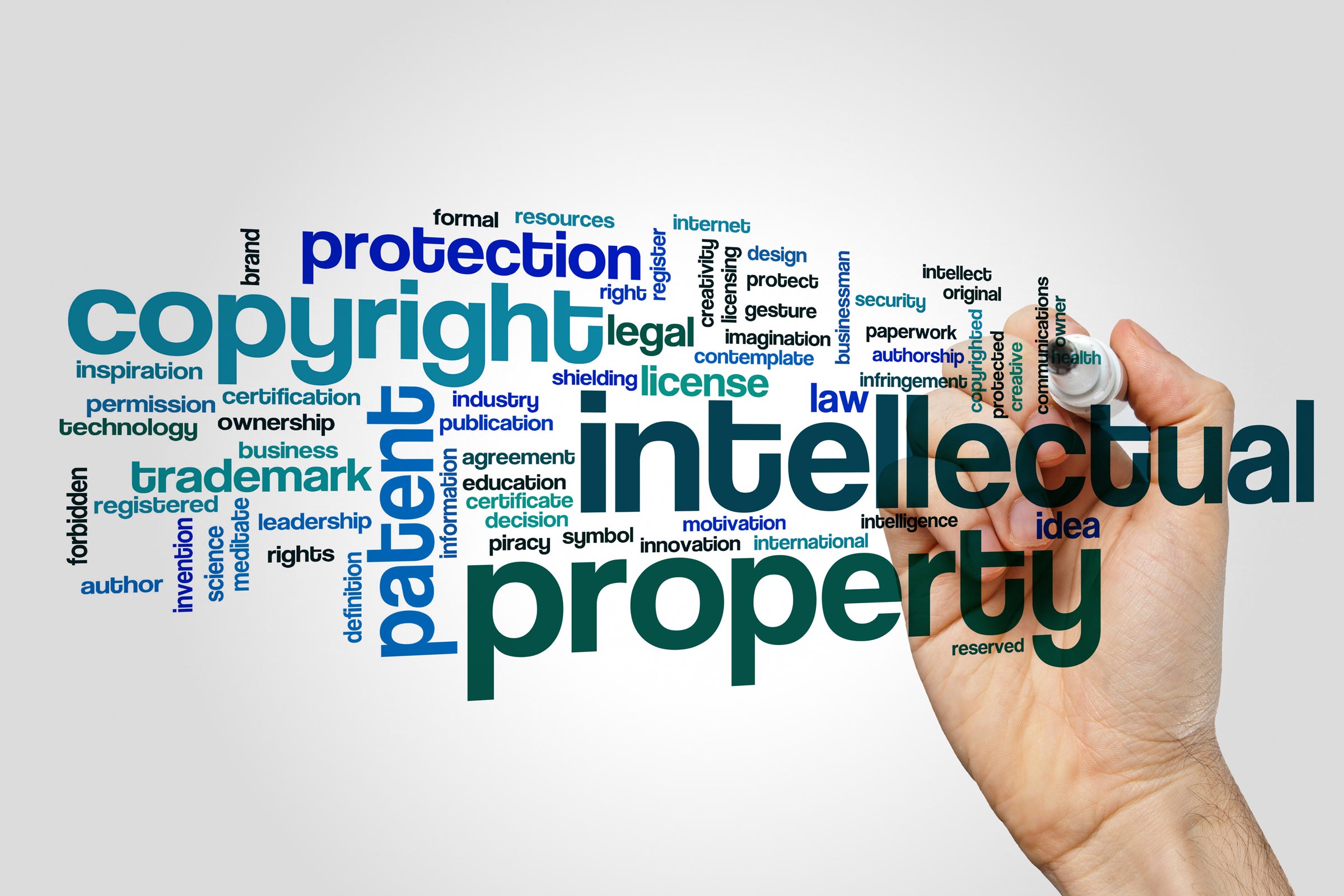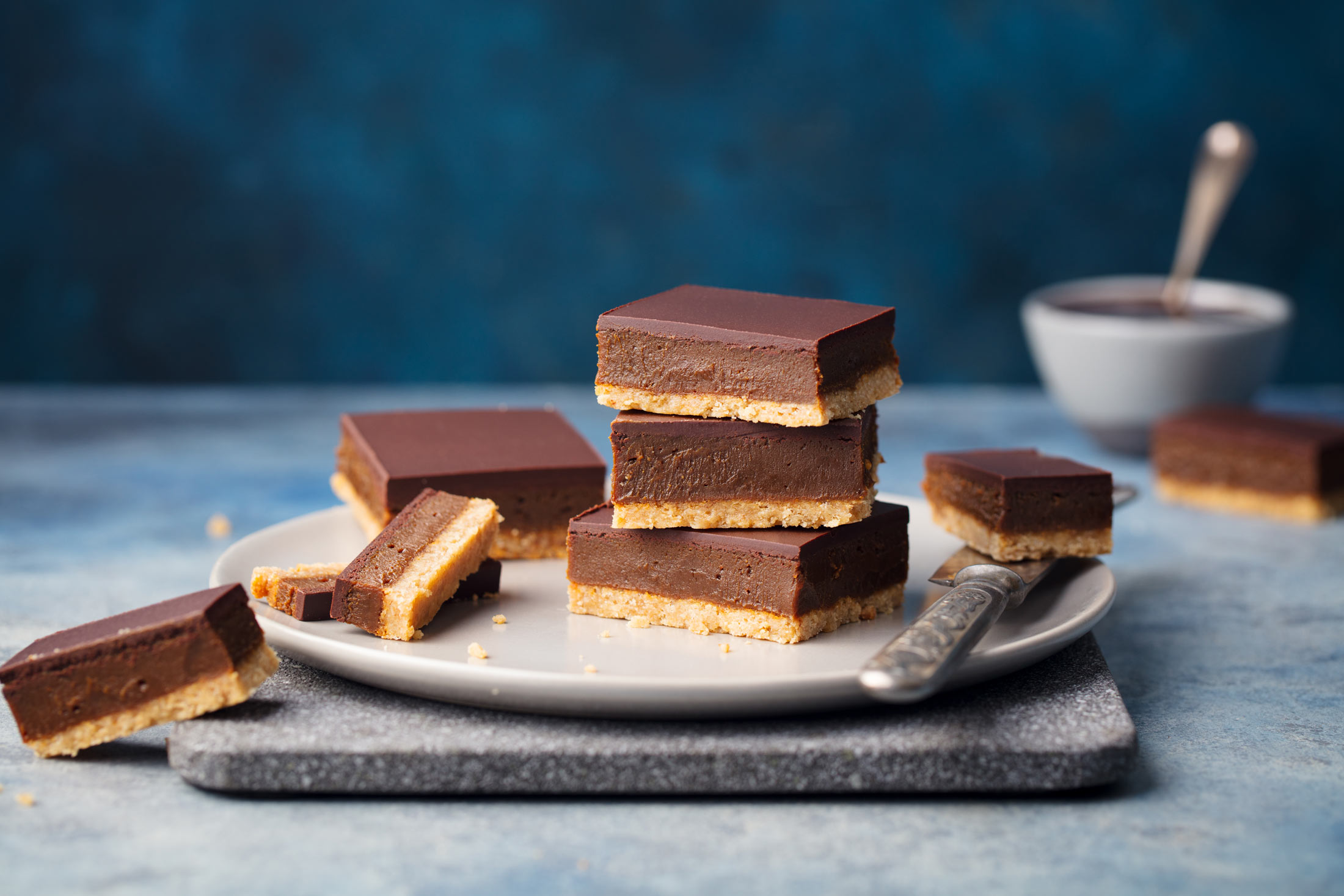Subscribe
Intellectual property infringement poses a significant threat to business brands, but there are legal avenues for effective brand protection and enforcement of legal rights
Building a successful business is a huge challenge. It takes significant time, money, trial-and-error, and expertise to establish a reputation. But when others copy your product, logo, website, or business model, they are appropriating your brand and piggybacking off all your hard work. So how can you protect your brand and enforce your legal rights?
Understanding your intellectual property
Intellectual property, or IP, is intangible property that stems from originality, creativity, ideas, inventions and know-how. Businesses can leverage their IP to establish valuable assets.
The most common forms of IP are:
- Trade marks
- Copyright
- Designs
- Patents
Trade marks and brand protection
Trade marks come in the form of:
- Logos
- Words
- Catchphrases
- Taglines
- Colours
- Packaging
- Shapes
- Sounds
- Scents
A trade mark can be registered if it is:
- Unique and distinctive; and
- Does not simply describe the goods or service; and
- Is not deceptively similar to an existing registered trade mark
Once you have registered a trade mark, you have the exclusive right to use that mark in relation to the goods or services you offer. This means that if you discover someone is using your trade mark, you can enforce your rights by commencing an infringement action.
Trade marks can become valuable assets, contributing to business valuation and brand equity. No matter what stage of your business you are at, a trade mark plays an integral role in protecting your brand.
Copyright and brand protection
Unlike trade marks, copyright cannot be registered in Australia.
Copyright automatically subsist in any original work once it is recorded in material form, but copyright does not subsist in an idea.
Copyright can subsist in:
- Literary works
- Musical works
- Artistic works
- Dramatic works
- Computer programs
- Sound recordings
- Films
- TV and radio broadcasts
Copyright has also been used to protect brands’ logos as artistic works, where a trade mark has not been registered.
If a competitor has used similar brand elements to your own, and those brand elements are not protected by trade marks, you may be able to rely on copyright to prevent infringement.
Designs and brand protection
If you are concerned about others copying the aesthetic design of your product, obtaining a registered design would be the best path for protection. Design registration can protect a product’s shape, configuration, pattern, or ornamentation.
A registered design is generally aimed at protecting the form, rather than the function of the product, and will not protect tactile feel or the materials used.
A design is registrable if it is new and distinctive compared with the products available in the world at the time of registration. Design protection is commonly underutilised in Australia, but can provide significant protection for mass-produced goods. Some caselaw examples include:
- Toothbrushes
- Apple computers
- Lighting fixtures
- Electric shavers
If you wish to secure a registered design, you must ensure you have not publicised your design. IP Australia has recently introduced a grace period of 12 months (similar to the patent grace period). It allows some designs to obtain protection even if the design has been published within the 12 month period before the date of application.
Patents and brand protection
Patents protect novel and inventive devices, substances, methods or processes for 20 to 25 years.
While patents hold the most significance for scientific and technological organisations, there are many patents that cover inventions in fields such as cosmetics, food production, and agriculture.
Similar to design registration, your invention must not have been publicly disclosed within the 12 months prior to application. Any demonstration, selling or discussion of your invention may mean you cannot get protection. You may discuss your invention with employees or associates, but make sure they sign a confidentiality agreement.
Although patents are valuable, they are not always the best commercial option, as the details of your patent will be publicly available. Ensure you weigh up the considerable time and cost of registering and maintaining a patent, as well as the disadvantages of full public disclosure, against the potential for commercial returns.
How can I enforce my IP and brand rights against copycats?
There are several steps you should take if you believe your intellectual property rights have been infringed:
1. Which form of IP is applicable?
Make sure you understand your IP rights, and what constitutes an infringement. Remember that your rights will vary depending on the form of IP and whether your assets are registered.
2. What outcome are you seeking?
Do you want to stop the infringement, or seek compensation? In deciding this, you may need to think about how the infringement is impacting on your business.
3. Take action
Before you start thinking about court proceedings, it is always best to try and reach a commercial settlement. This is commonly initiated by sending the infringer a cease-and-desist letter.
4. Protect and prevent
Protection is not just about defensive action, it is also essential to take proactive steps. This could include:
- Registering your IP if you have not done so already
- Using copyright or trade mark symbols such as © ™ ® to communicate ownership
- Using watermarks
- Using a copyright statement or warning
- Engaging monitoring services
- Registering your IP with third party services such as Amazon Brand Registry
The final word
Understanding how to protect your brand from IP infringement is a key aspect of longevity for many businesses. It’s also important to remember that when it comes to enforcing your legal rights, you’re not alone. We recommend seeking legal advice from one of our intellectual property lawyers as soon as you become aware of an infringement. The longer you wait, the harder it is to contain the infringement and reverse the damages.
To learn more about how to protect your brand, contact us today.
This article was written by Hannah Richardson and Alex Shaw
DISCLAIMER: We accept no responsibility for any action taken after reading this article. It is intended as a guide only and is not a substitute for the expert legal advice you can receive from marshalls+dent+wilmoth and other relevant experts.
Subscribe




